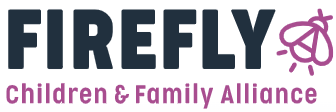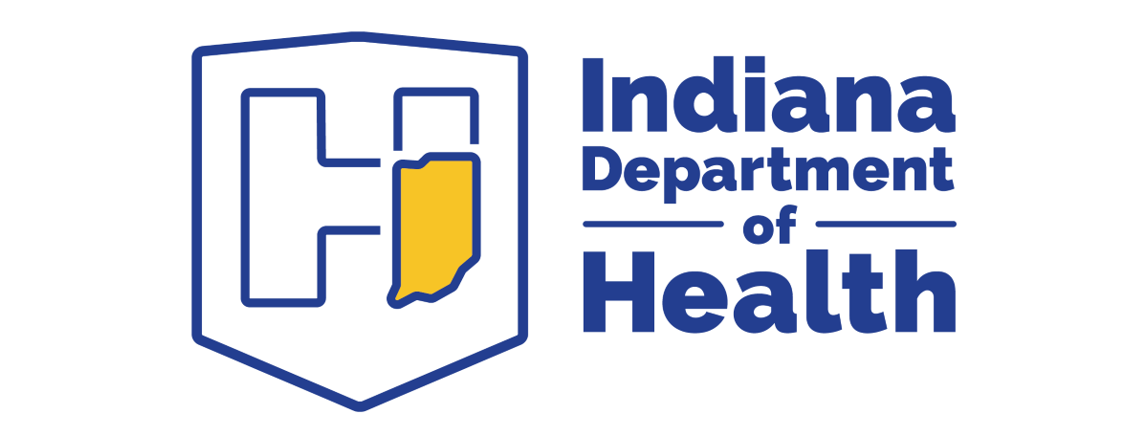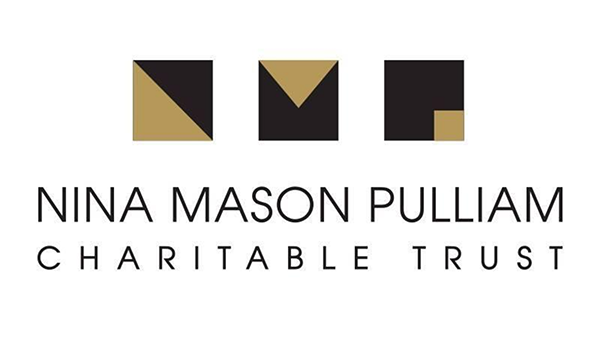The Compass
Camptown Updates
Finding Her Voice in the Wild: Dania’s Journey with Camptown
The first time Dania stepped into the woods with Camptown's Natural Wonders Day Camp, she carried with her the quiet uncertainty that many children know too well. As an only child in a household where her parents, Thiago and Lucia, worked long hours to make ends meet,...
The “Day One” Shift : Benji’s Camptown Story
On a recent trip to Brown County with one of our Hopetrails cohorts, Camptown Program Manager Dillon Lockwood observed change in the making with one of the Camptown kids there with him. We like to emphasize how more time spent with a student typically creates more...
Program Spotlight: Trailblazers
In a world that often overlooks the potential of young people with developmental disabilities, Camptown's Trailblazers program works with schools and community organizations across Central Indiana to change the narrative around what these young people are capable of...
2024 Camptown Changemakers
Throughout the year, dedicated champions help Camptown expand our reach and deepen our impact on every child we serve. Meet three inspiring members of the Camptown family and learn about the journeys they’ve taken with us. Volunteer Spotlight: Corey Pitzo Corey...
From the Front Page of IndyStar: Camptown Kids Thrive Outside
(Photo, Kelly Wilkinson/IndyStar) On Monday December 2, 2024, the IndyStar shared an incredible article about Camptown programs in their Season for Sharing feature. "If the proliferation of screens and social media is ailing the youth, Camptown provides the antidote....
The Picnic Connection
A vital element of any successful after school program at Camptown is the daily "check-in" with each student. Before diving into the day's activities, staff take time to understand how students are feeling, ensuring they are supported and ready to engage. This...
Meet our CORE: The Waidners
For Philip Waidner, Camptown was more than just a fun extracurricular activity—it became the foundation for a lifelong passion and career in outdoor recreation. Growing up, Philip was naturally inclined toward backpacking thanks to his background with the Boy Scouts,...
How Team Building Activities Help Foster Personal Growth and Relationships
At Camptown, we’ve always believed that outdoor activities can challenge and inspire young people in ways that traditional classrooms often cannot. Recently, we experienced firsthand just how powerful team-building exercises can be—not only in promoting collaboration...
Blossoming as a Naturalist: Diana’s Camptown Story
At Camptown, we know every child is full of wonder, hope, and curiosities waiting to be discovered. For many, we are their first introduction to the outdoors. Diana’s story is an example of how we cultivate existing passions into deeper purposes. Diana joined...
Our Partners & Sponsors












